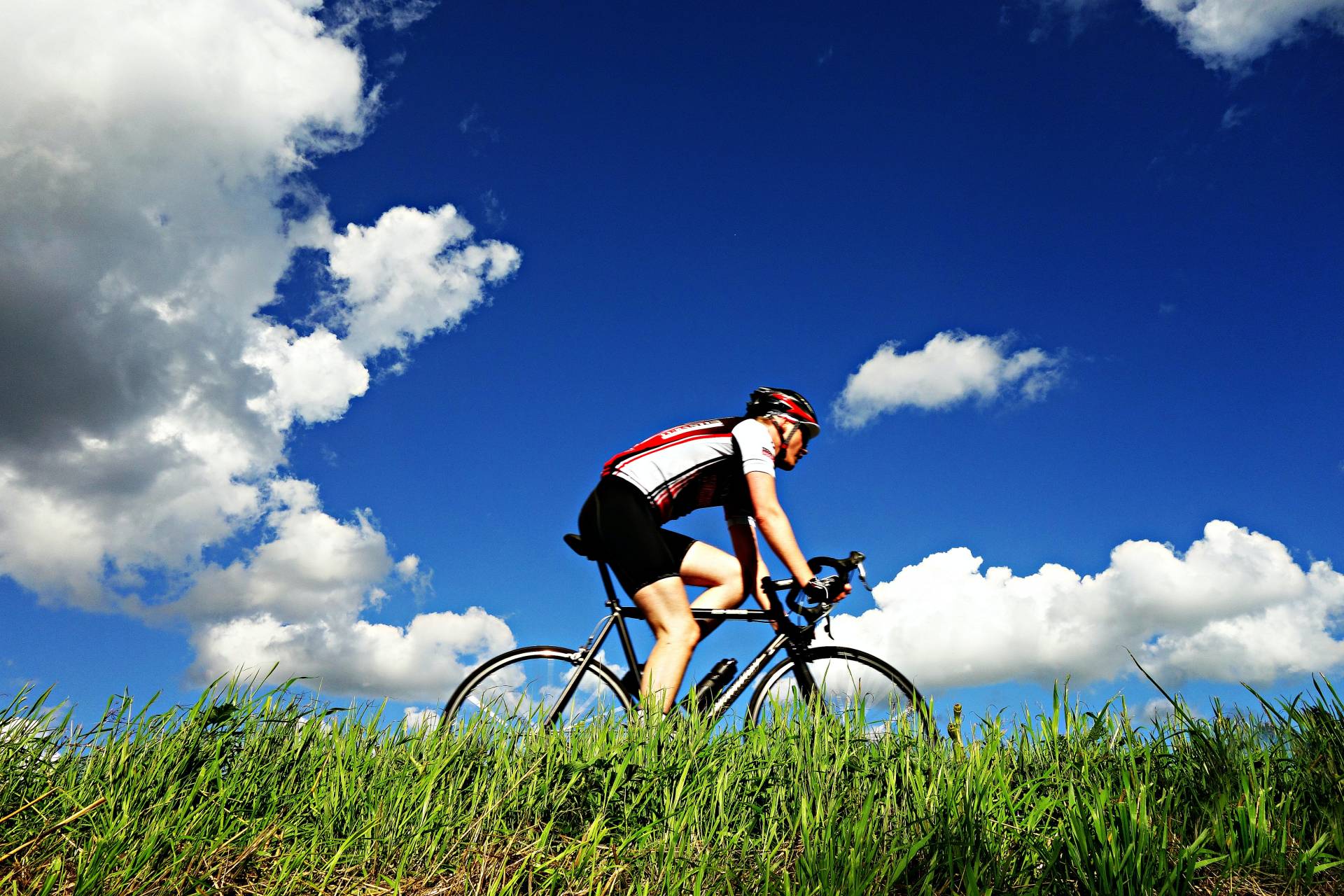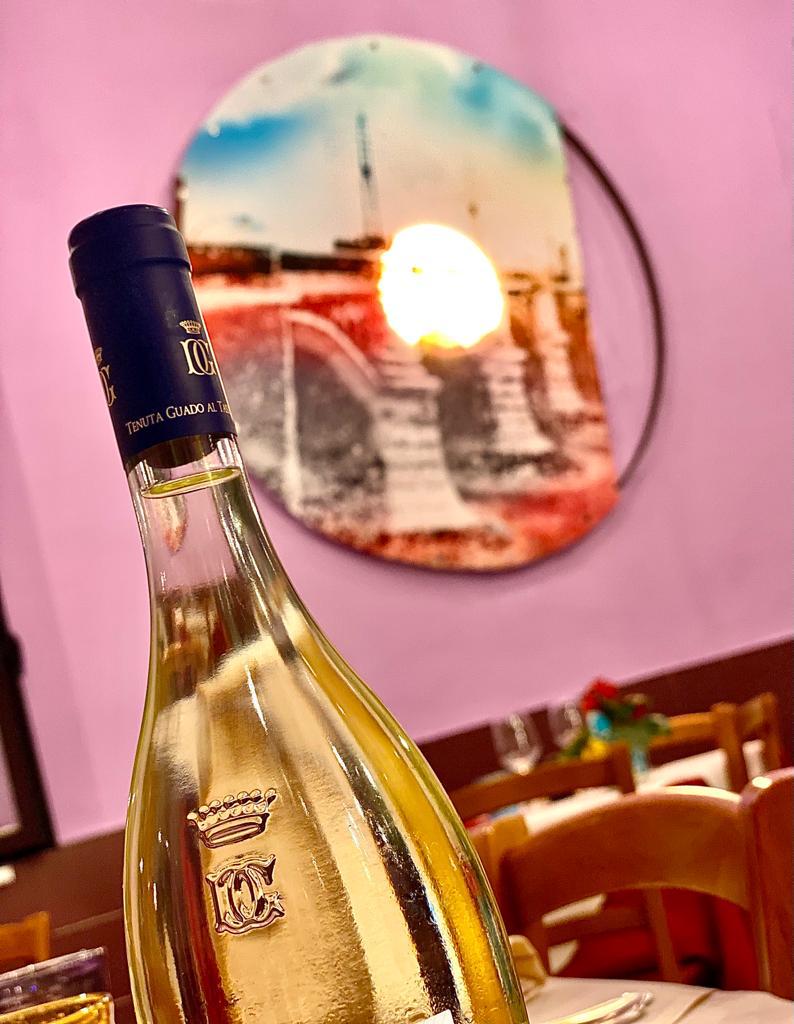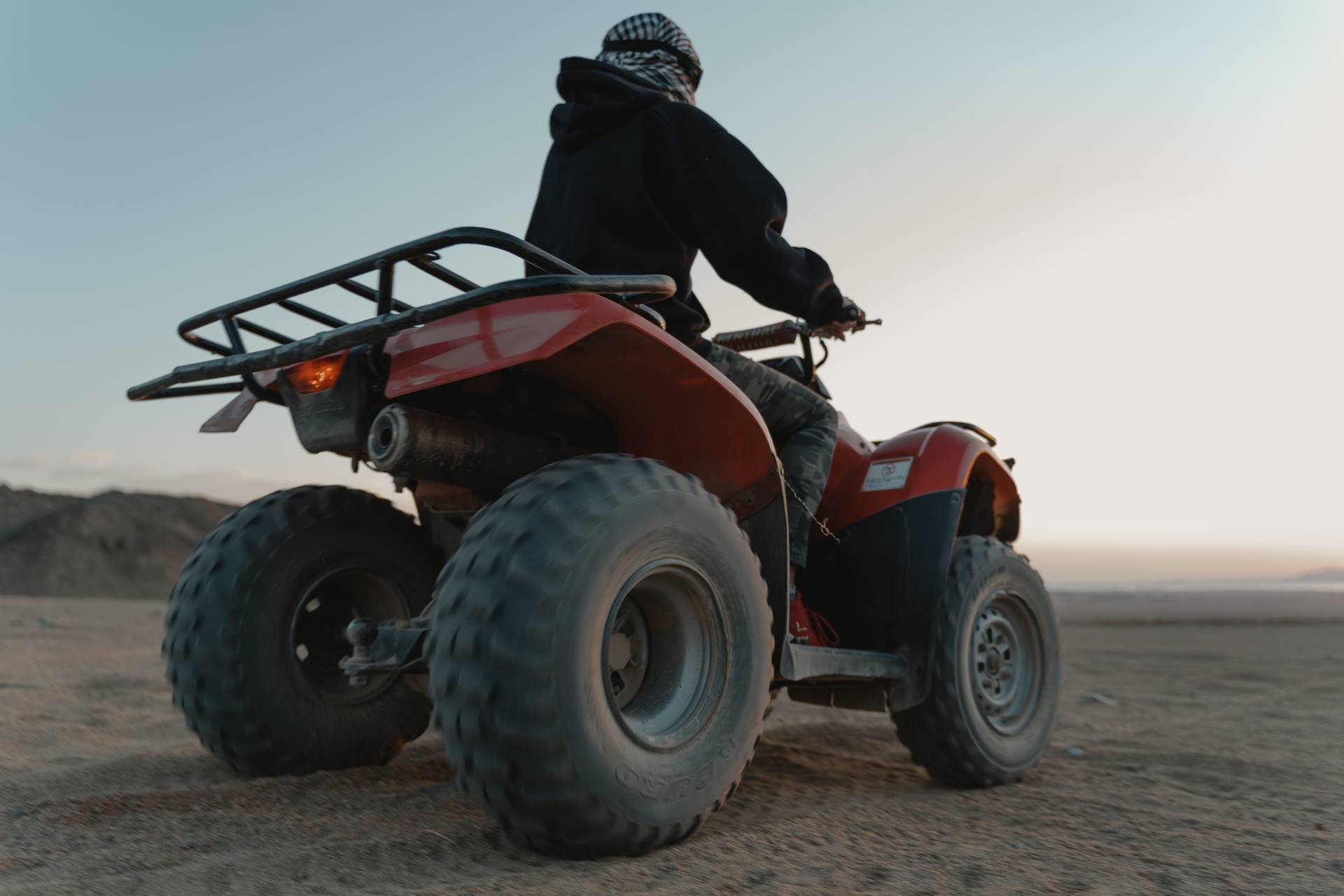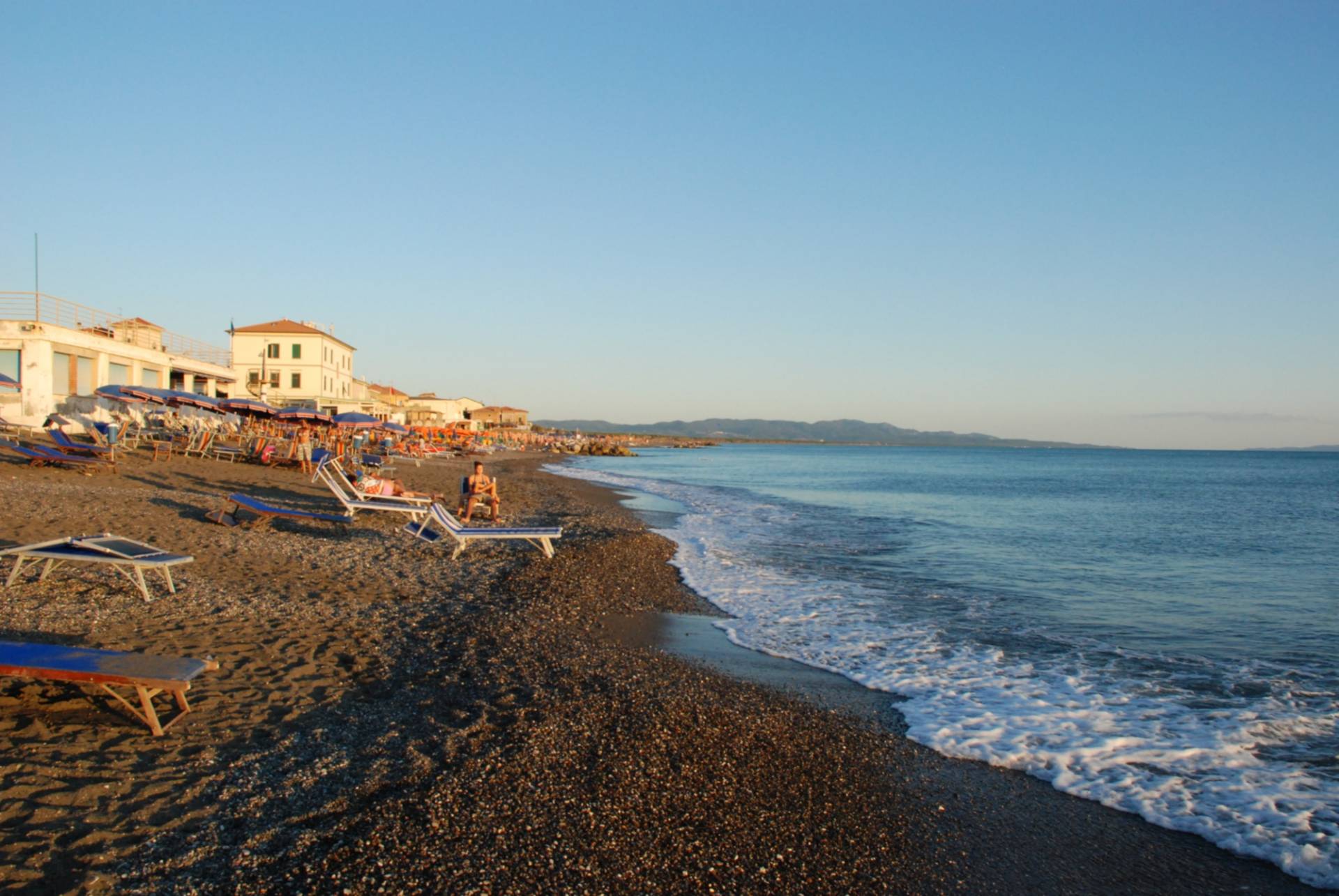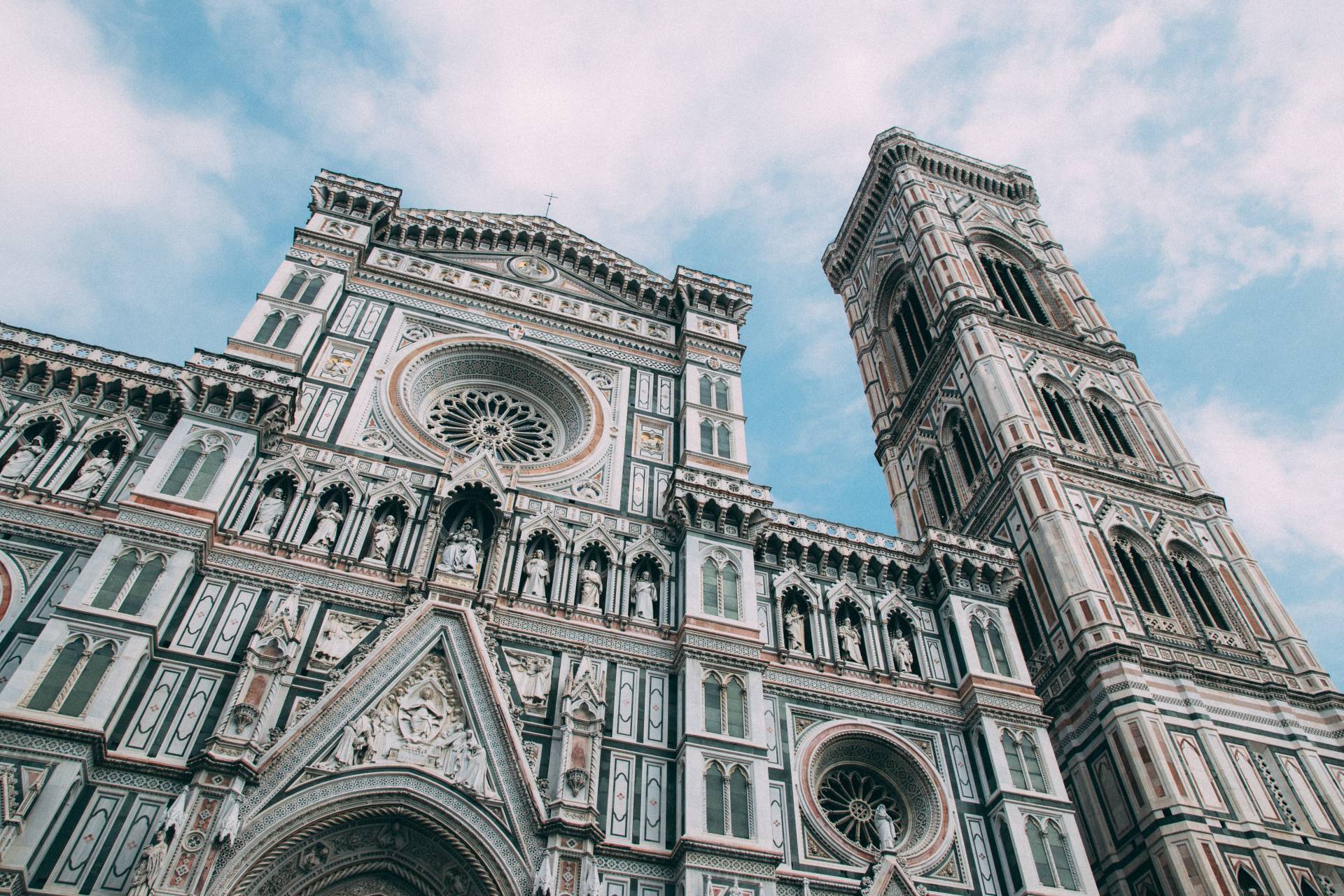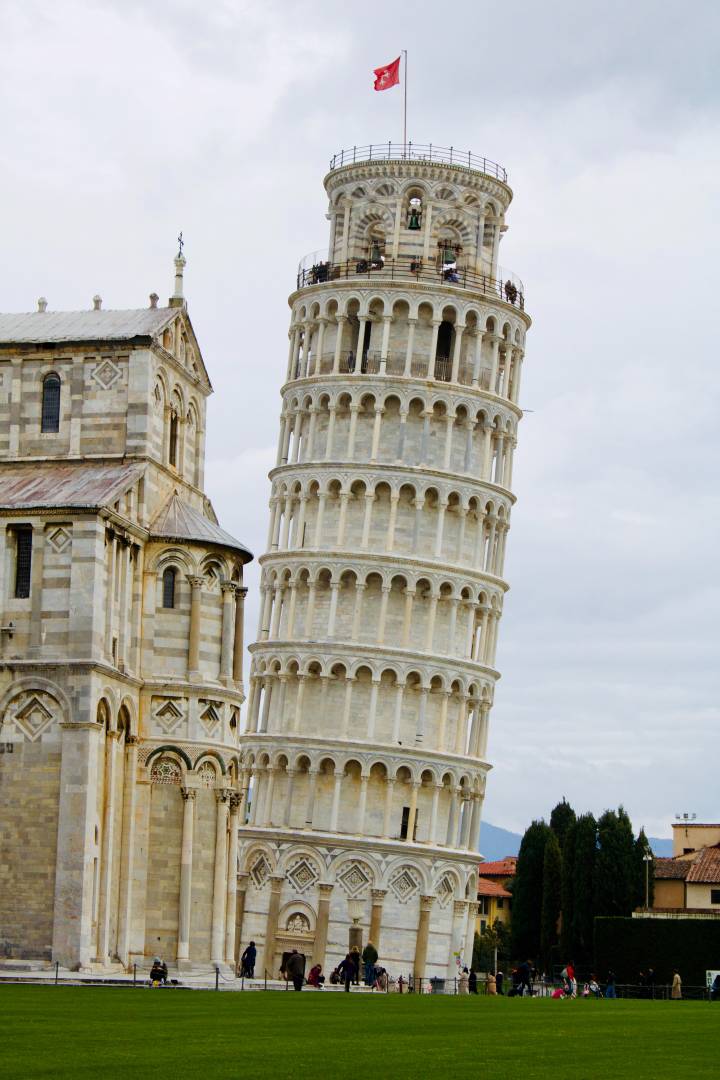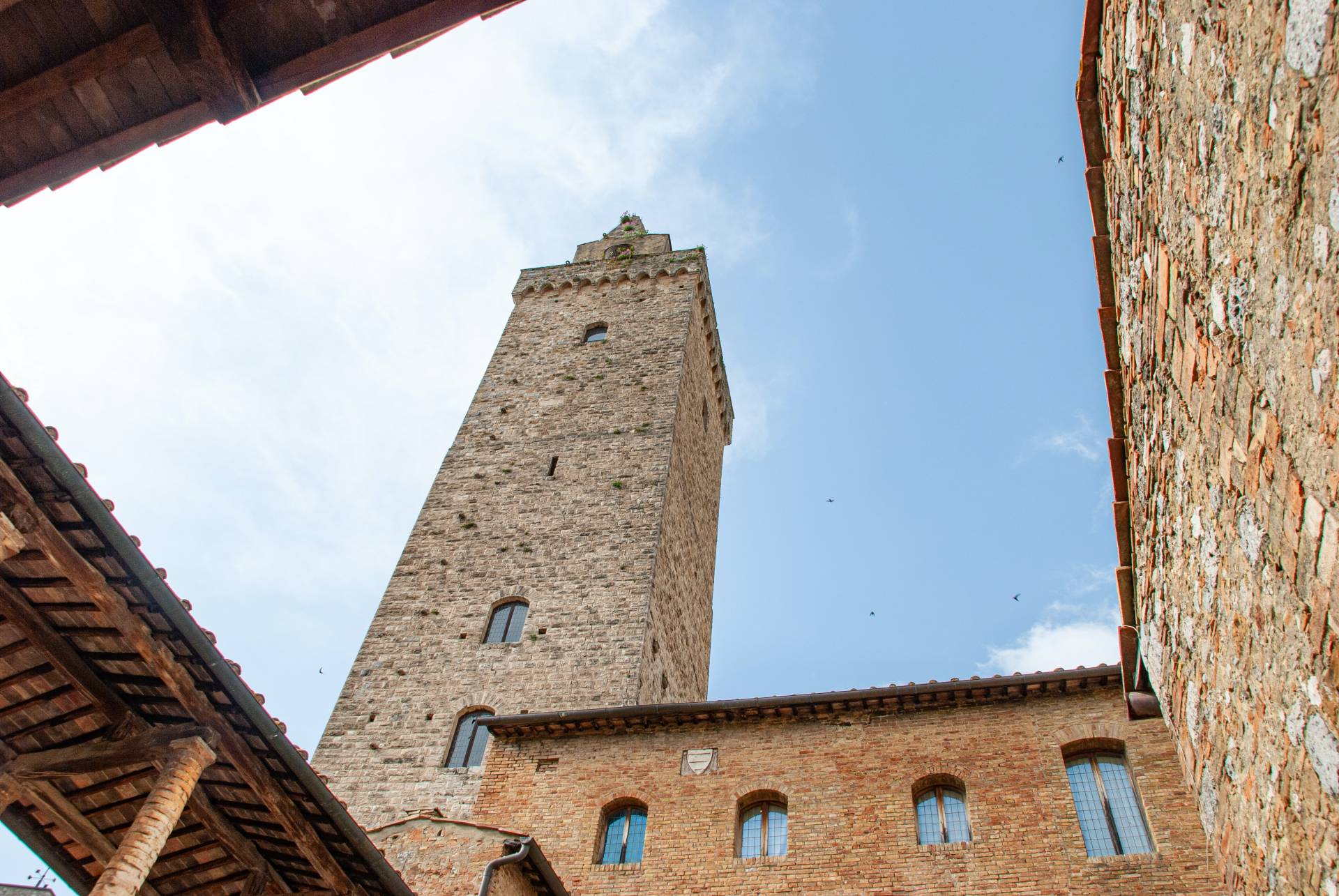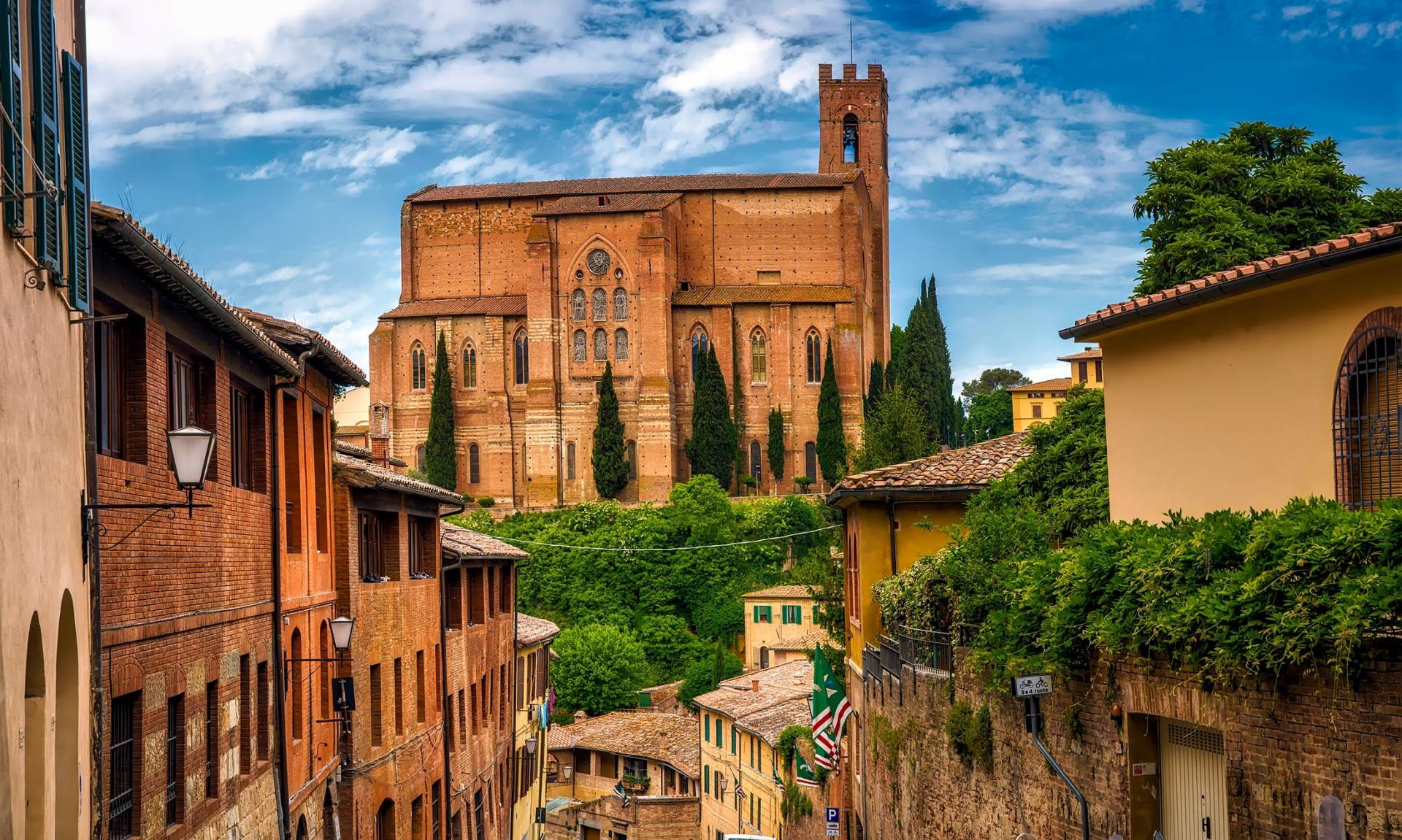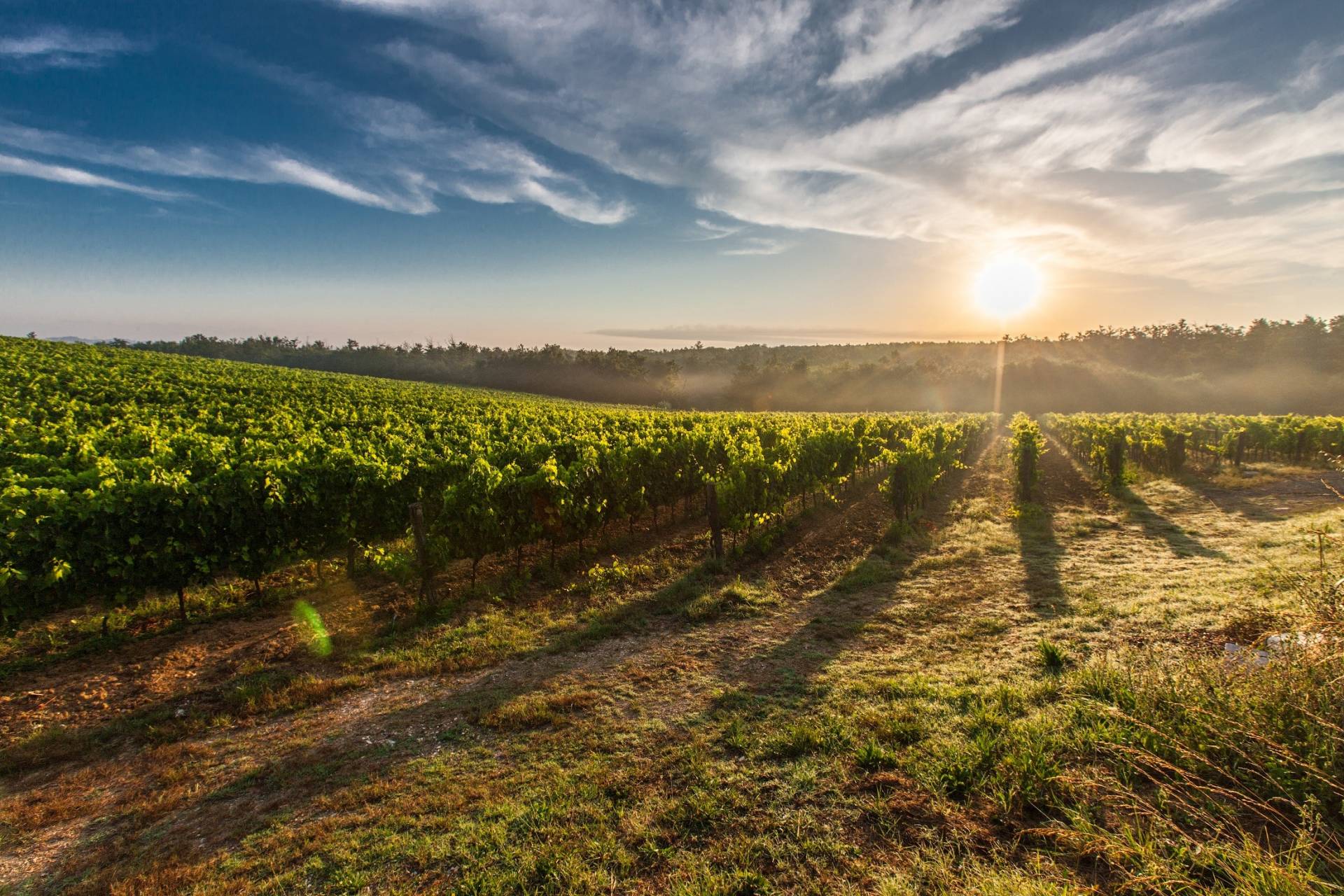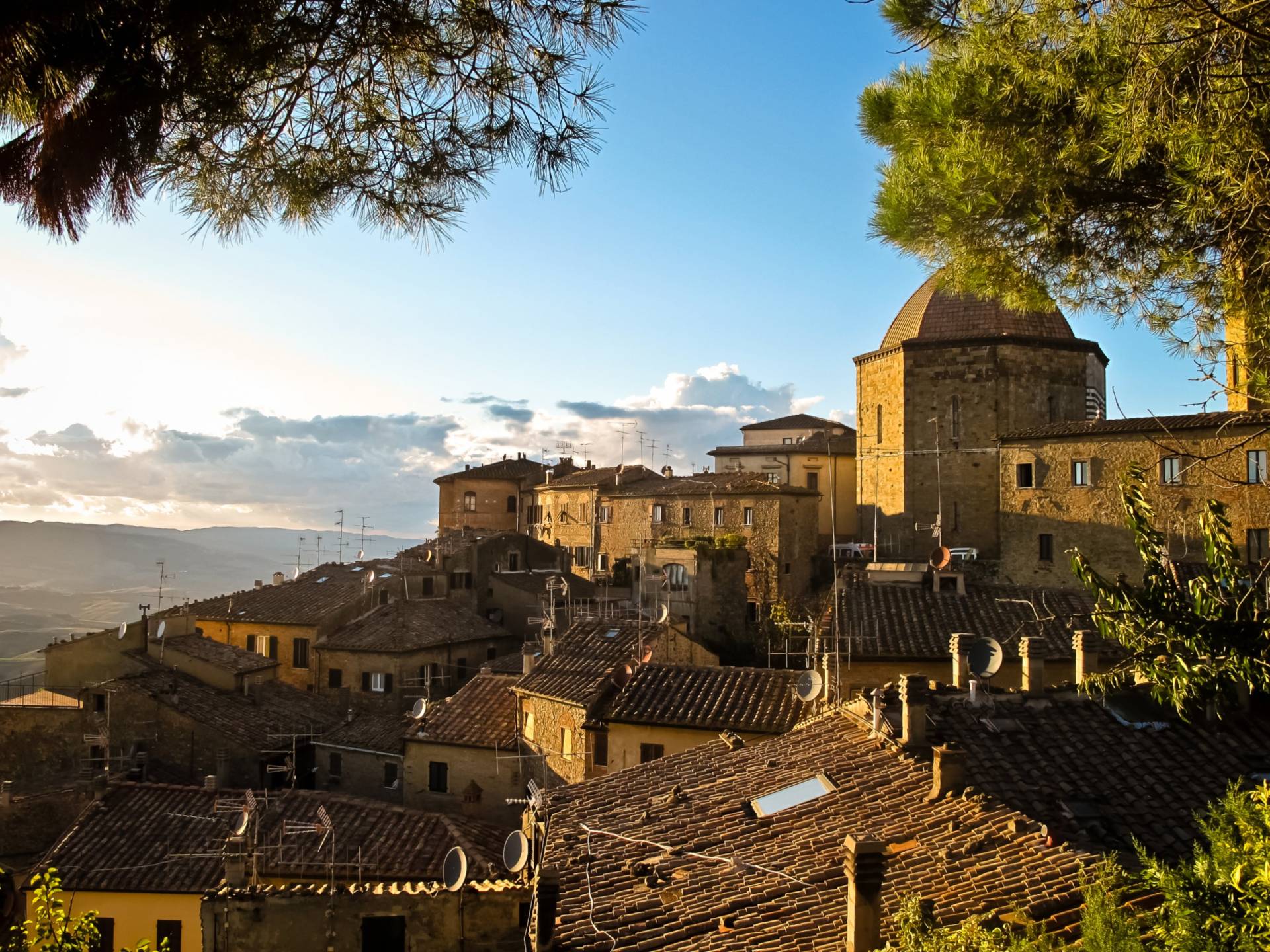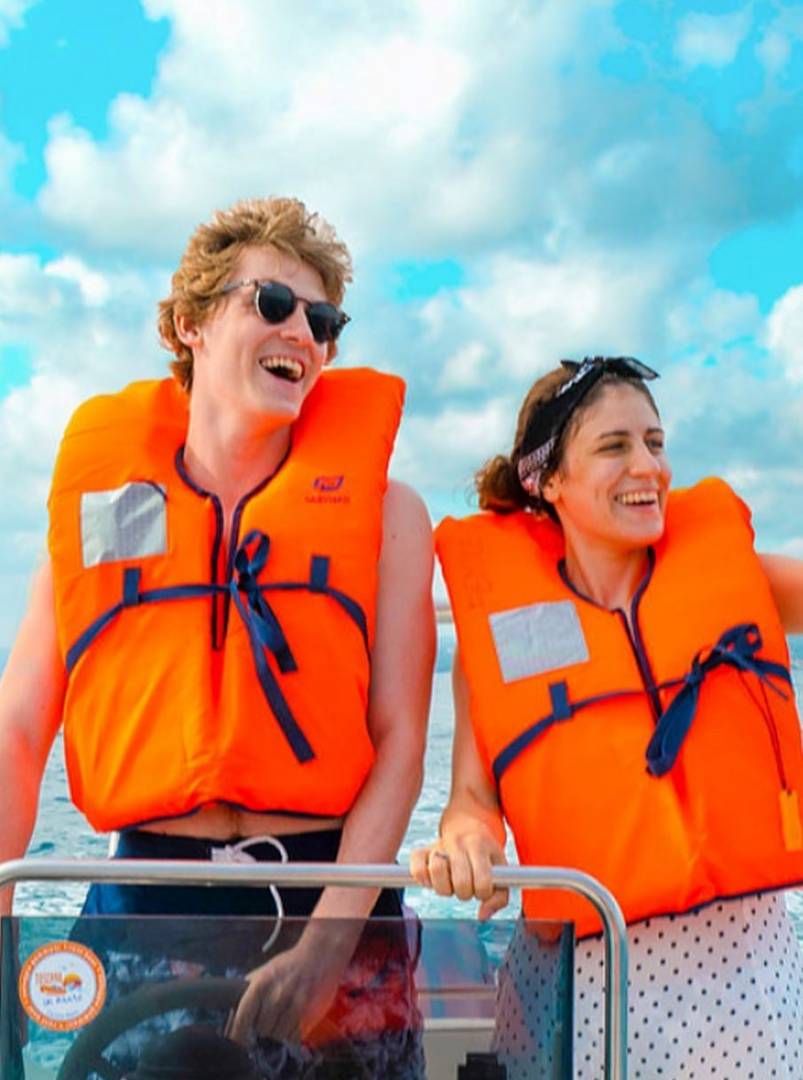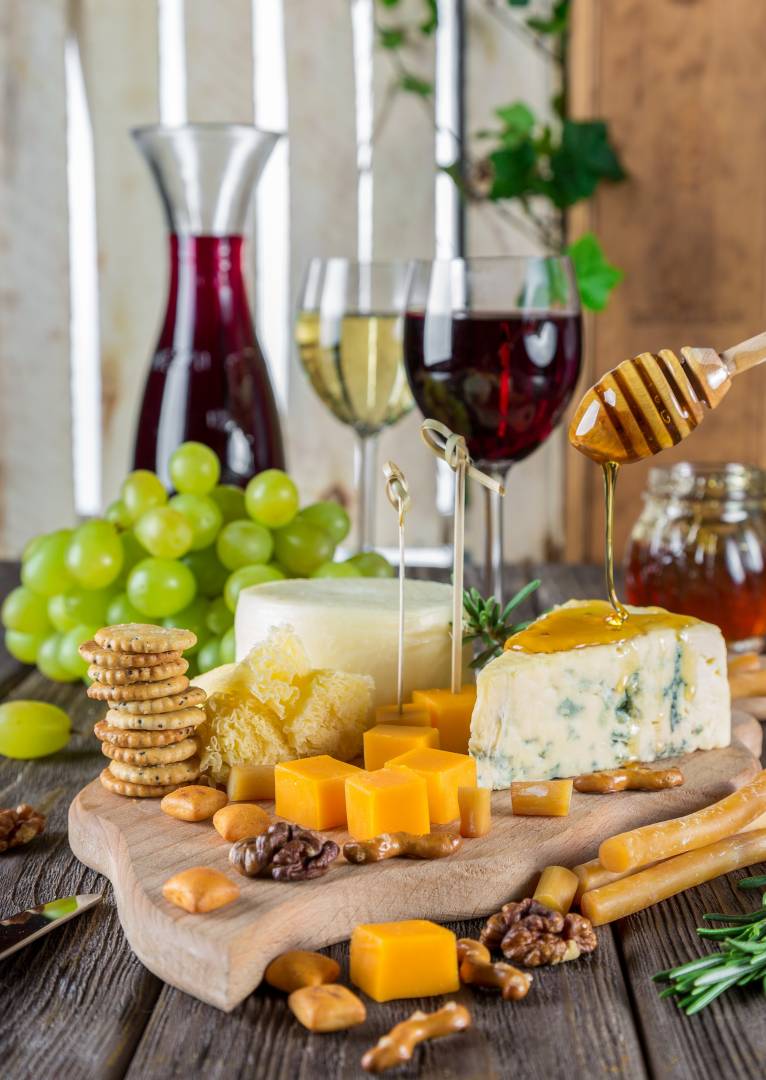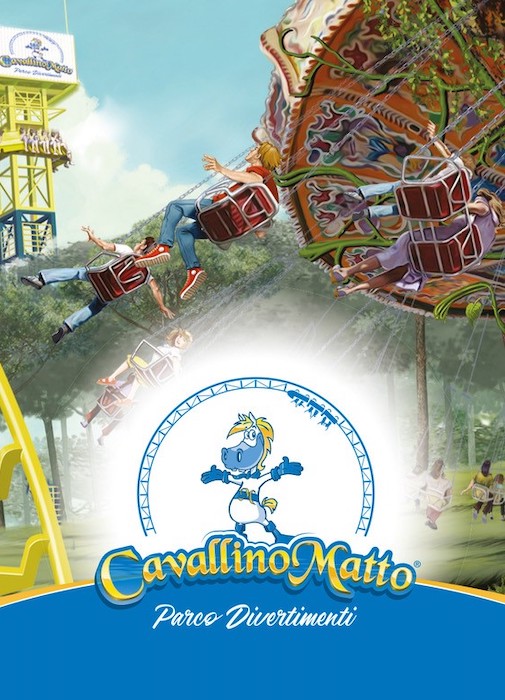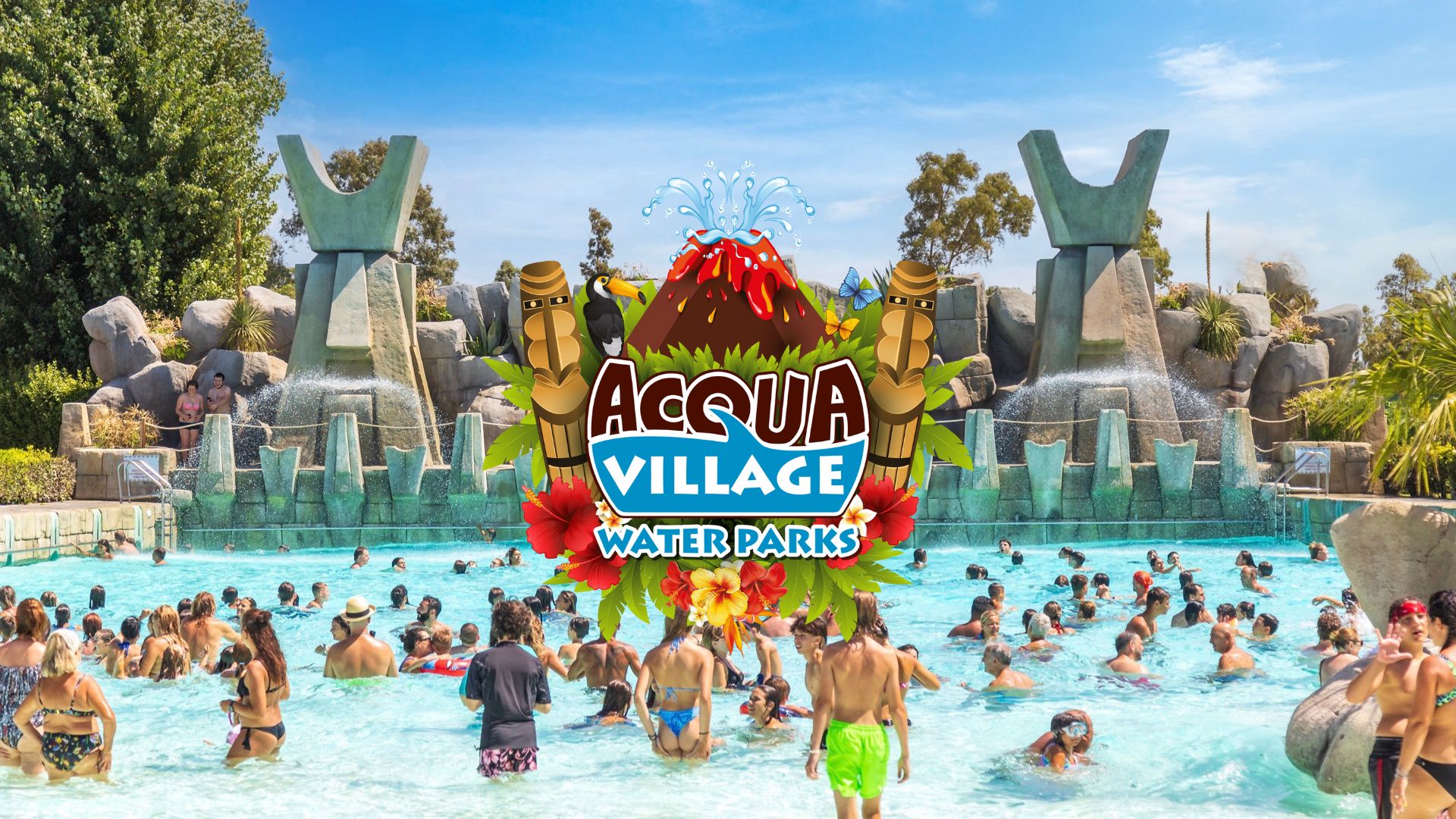Etruscan Coast
The main area of the Etruscan Coast is in the central part of the coast and includes, apart the wonderful naturalistic oasis of Bolgheri, beautiful pine-woods along the coast of Cecina and Donoratico, the woody hills of Bibbona, Bolgheri and Monte Calvi - where you ma find the Mediterranean vegetation interspersed with chestnut trees.
The historical and cultural importance lies in the Medieval villages of Castagneto Carducci, Suverto e Campiglia Marittima, that still keep important traces of walls and stoned buildings.
We have also evidences -thanks to some ancient ovens- that in the area of Monte Calvi there was a great activity of mineral extraction and working.
Another centre of interest is the area of Piombino promontory. In the Northern part of the area there are many naturalistic and archaeological traces: the wonderful gulf of Baratti and the necropolis of Populonia, the ancient Polulonia, the only Etruscan town grown as a maritime commercial base and a centre of working of extract metal in the Isle of Elba.
To note also the several Naturalistic Parks, such as the Park of Rimigliano in S. Vincenzo.
This strip of coast called Etruscan Coast is a unique chance to taste every piece that make Maremma a land sweet and bitter.
The Etruscan Coast is an area where you may chose what to do in any season. For this reason, it is different. Here, throughout the year, it is holiday and desire to discover.
In this part of Tuscany sea, nature, art and history live harmoniously together.
You may find many "souls" here: first of all a "marine" soul that reflects the crystalline nature of its sea-waters -from intense blue to emerald green.
Large and long shores, reefs that smell of saline and wind, sheltered by large pine-woods. This is a corner of Mediterranean still alive.
Then the "nature" soul: a varied and rich environment that you may experience and discover numerous parks and protected areas, enjoying with care, botanic oasis, wildlife shelters, "home" of rare and protected species, a rich vegetation of big pine-woods and woods that hug the hills.
Eventually, the "lazy and yellow-orange" soul of the country, with its smells, crossed by the Wine Road, where grown nobles vineyards and silver olive-trees, that make this land famous all over the world.
Finally, What about the gastronomy flavours in cooking? Warning: you really will experience the pleasure to search and discover unique tastes.
Along the Etruscan Coast indeed you may get both the two souls of the Tuscan cooking: fish and meet, country and saline waters. Everything tightened in a centenary chained hug, with strong traditions and fixed customs.
Near the marine tradition there are also local restaurant typical for the cooking of wild boar and its hunting, with the flavour of local wines that the whole world is so interest in its origin and taste.
